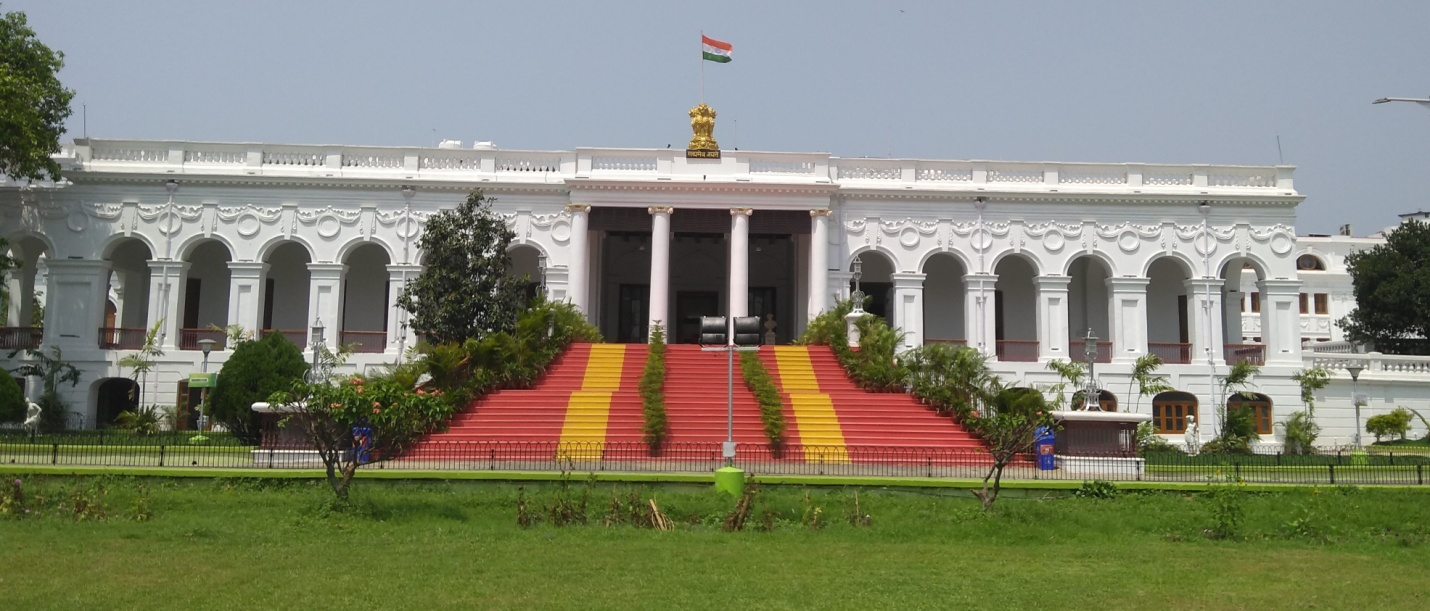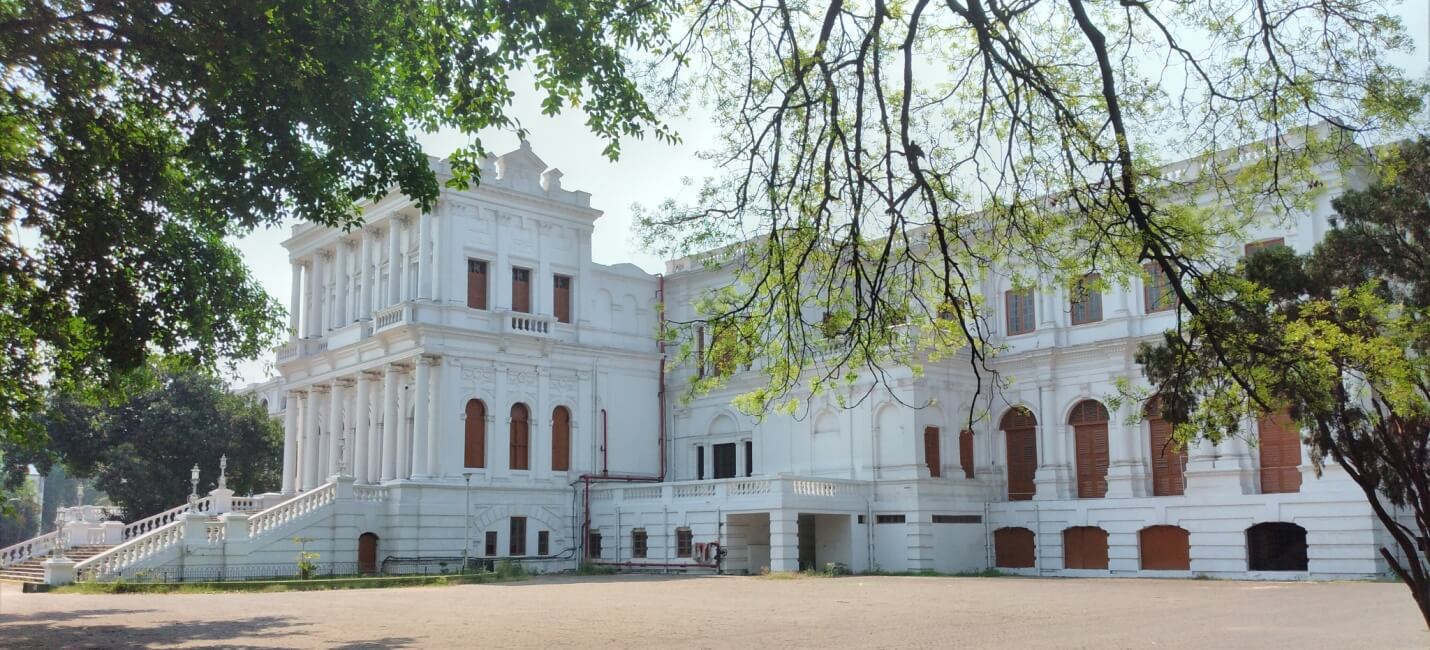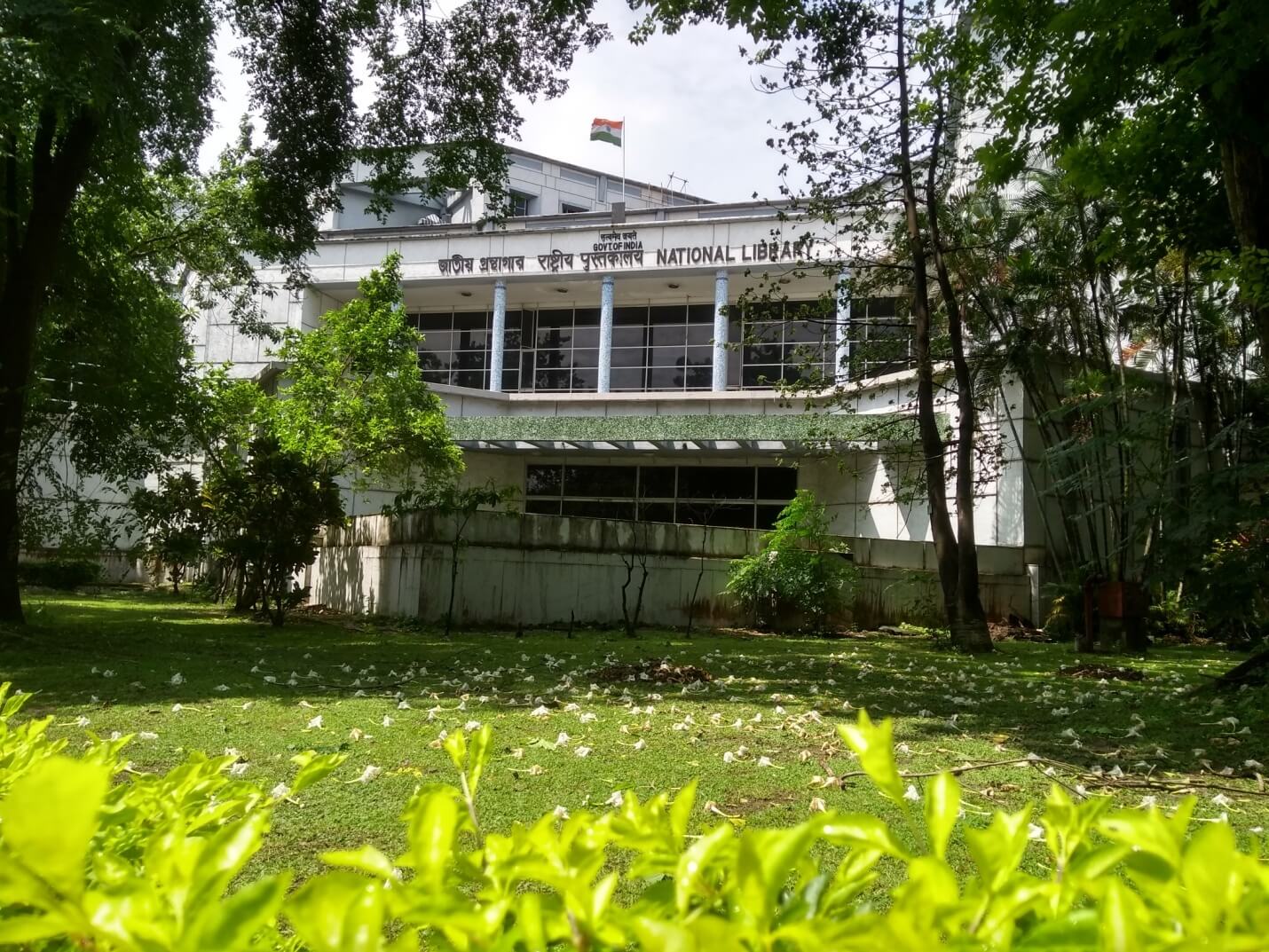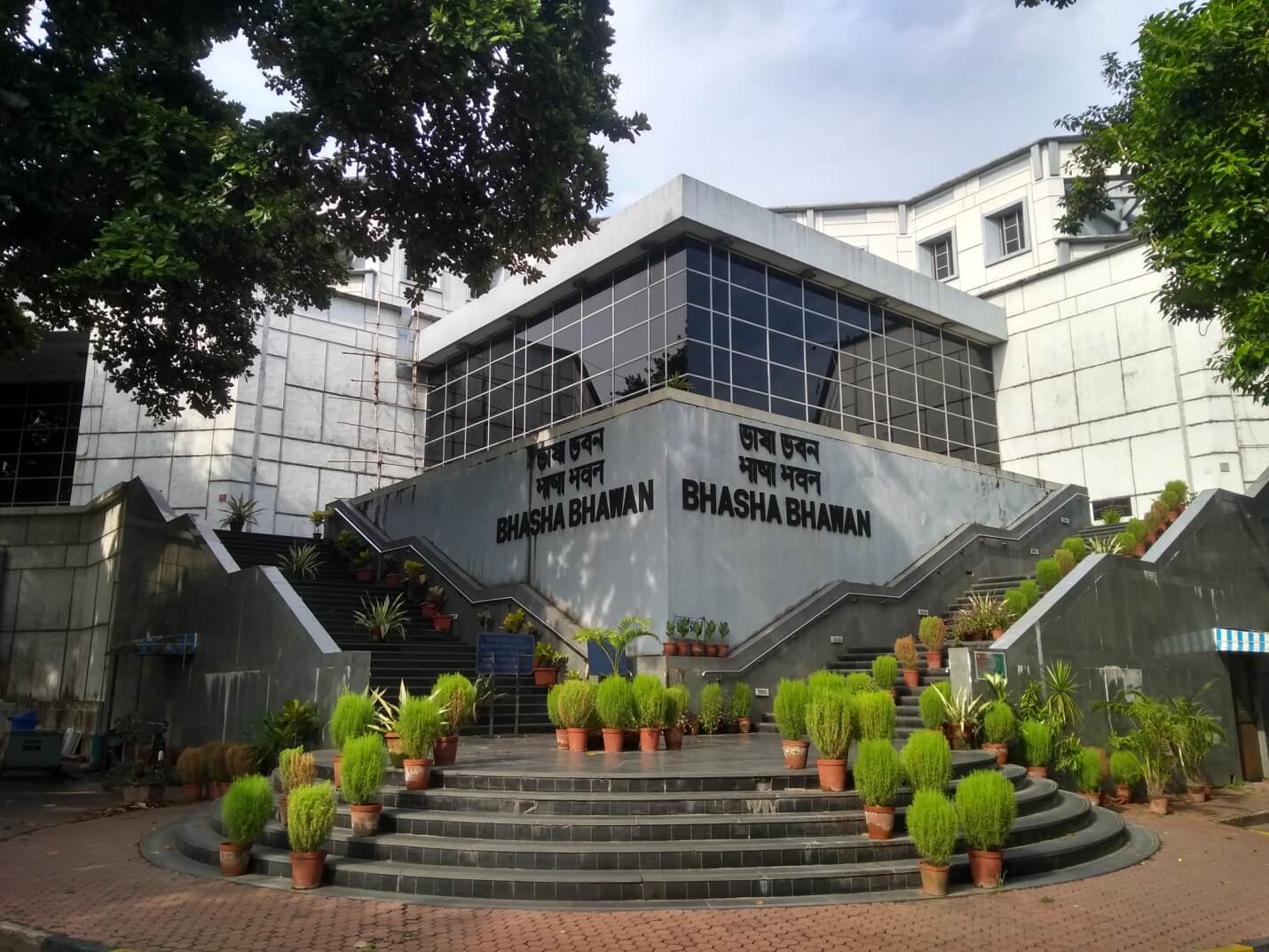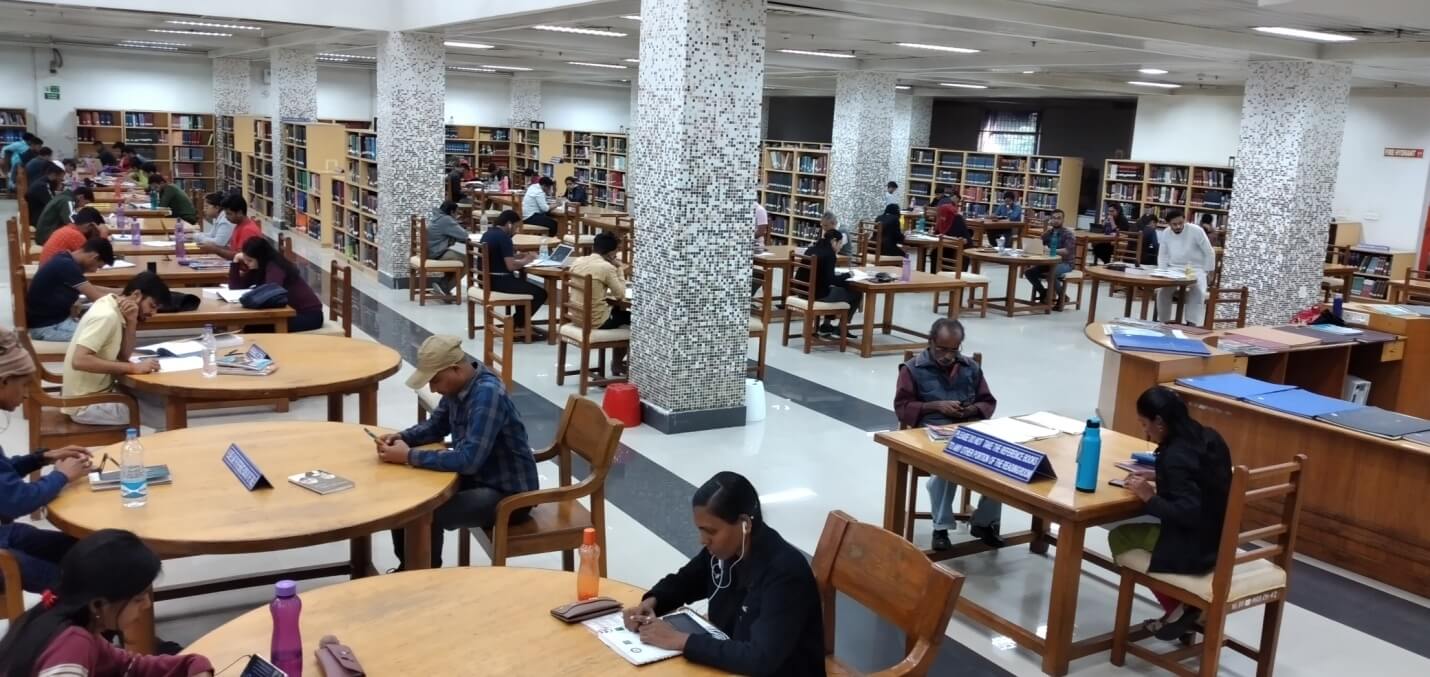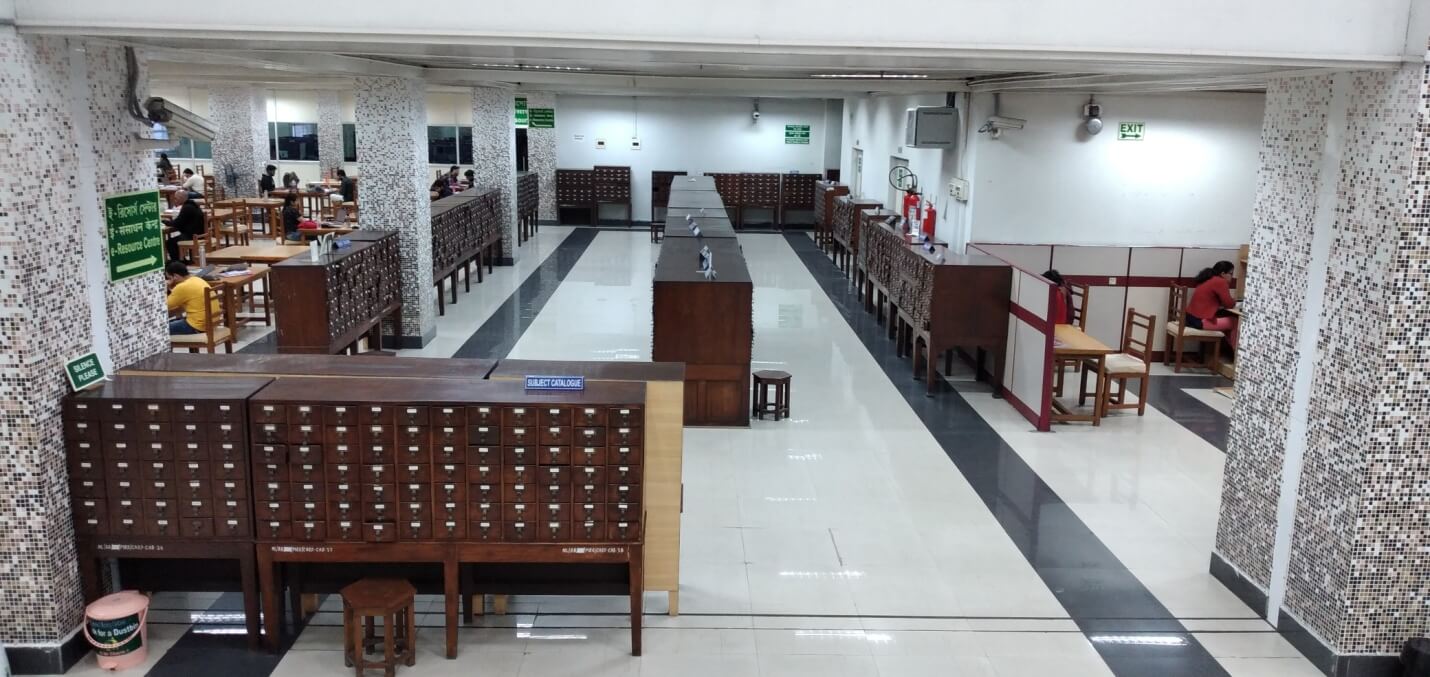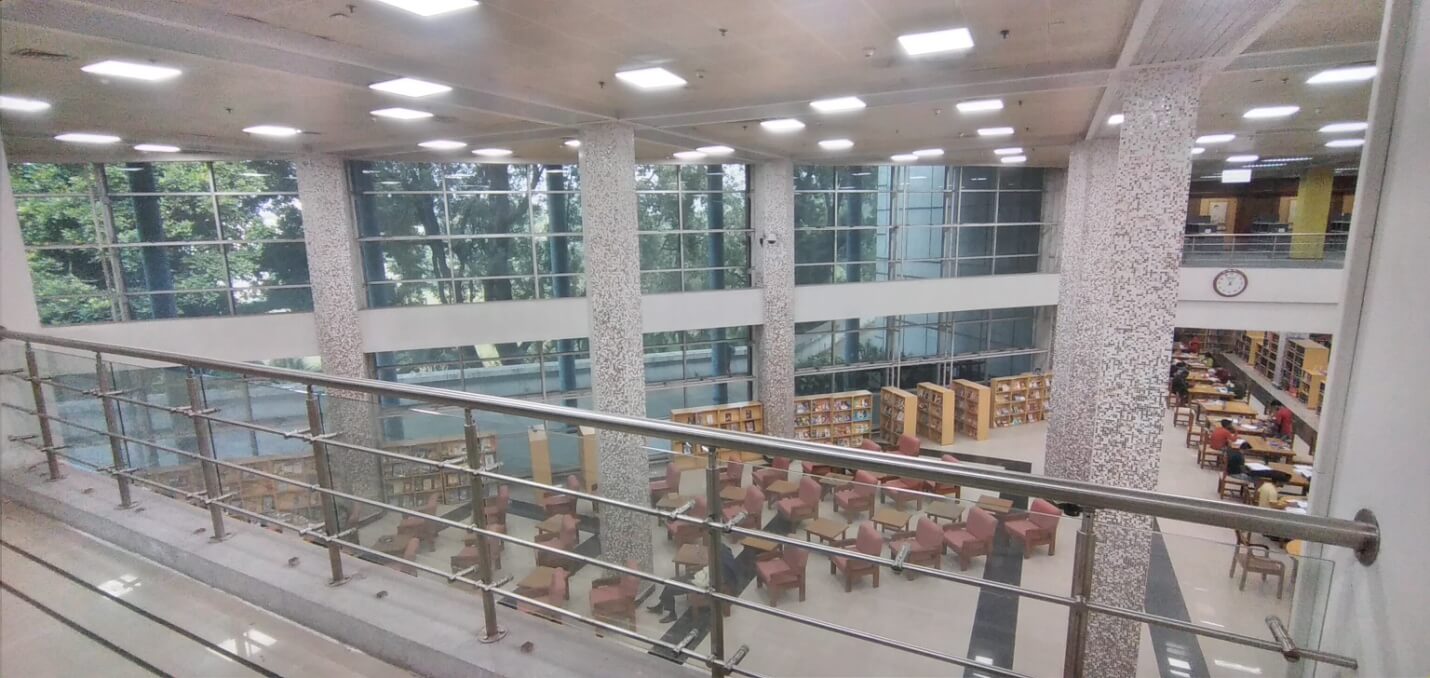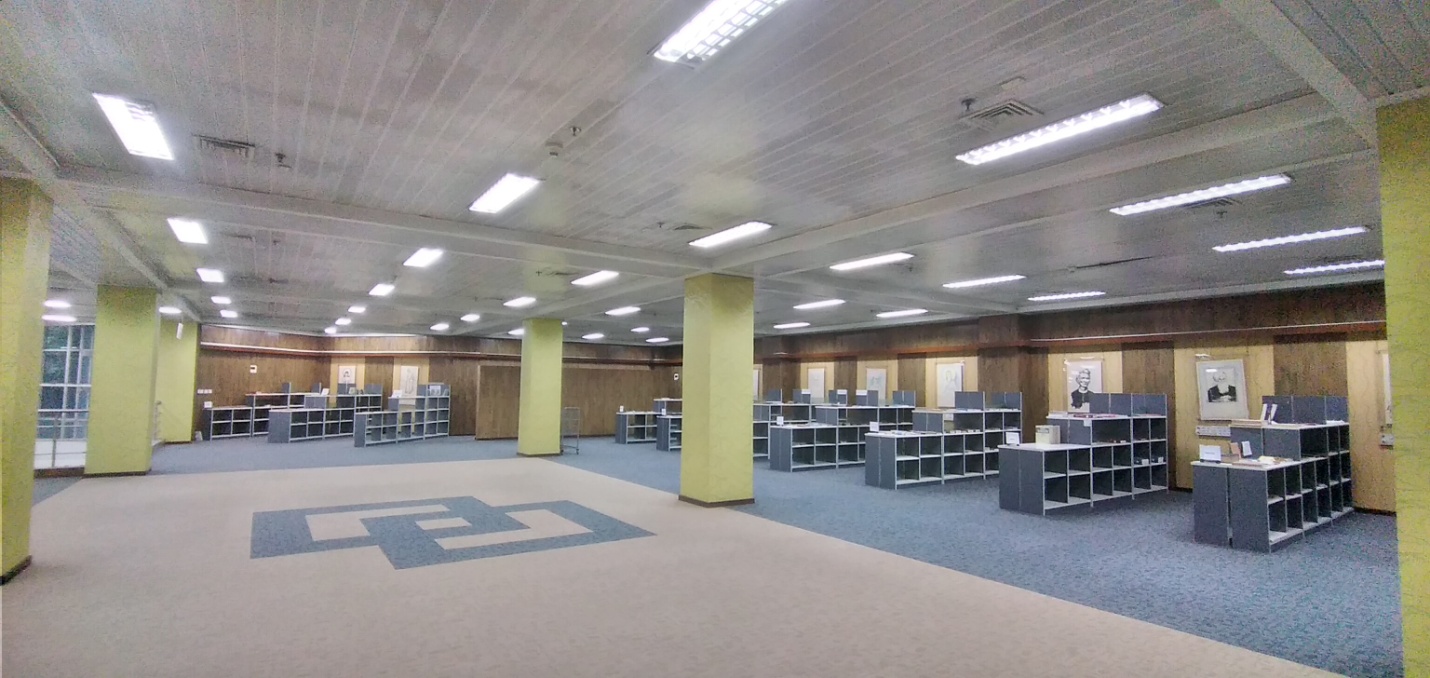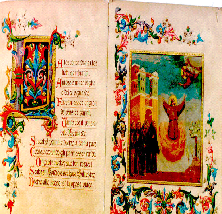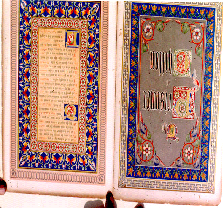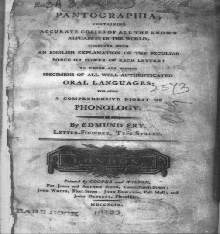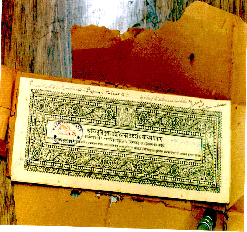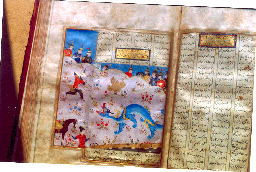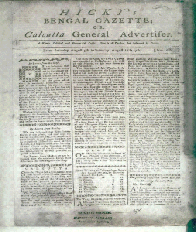NATIONAL LIBRARY (Ministry of Culture Government of India Kolkata)
The origins of the National Library, Kolkata begins with the establishment of Calcutta Public Library on 21st March 1836. The Imperial Secretariat Library came into existence in 1981 by integrating all Secretariat Libraries. In the year 1902, the Calcutta Public Library and the Imperial Secretariat Library were amalgamated and gave way to establishment of The Imperial Library. After Independence of India, the National Library came into being in place of Imperial Library by the “Imperial Library (Change of Name) Act” in 1948. It was accorded a special status of an Institution of National Importance in the Article 62 in the 7th Schedule of the Constitution of India and was opened to Public on 1st February 1953.
The National Library serves as a permanent repository of all books, newspapers and periodicals published in India. The Library receives all publications published in the territory of India under the provisions of “the Delivery of Books and Newspapers (Public Libraries) Act, 1954”. The Act was amended in 1956 to include periodical publications, newspapers and maps within its purview
It provides all possible readers’ services for 362 days of the year. Besides reading, reference and bibliographic services, books are lent out against security deposit. It also provides microfilm/microfiche reading facilities. While inter library loan is extended, the Library acts as a Centre for International loan. Consultancy services are also provided to libraries and librarians. The Library offers internship programme to the Young Post Graduates from Library and Information Science every year. The library digitized around 80,00,000 pages (25,000 books) from old, rare, brittle and important documents of the Library, which are available to the readers through Indian Culture portal (https://indianculture.gov.in/) under Ministry of Culture, Government of India.
The origins of the National Library, Kolkata begins with the establishment of Calcutta Public Library on 21st March 1836. The Imperial Secretariat Library came into existence in 1981 by integrating all Secretariat Libraries. In the year 1902, the Calcutta Public Library and the Imperial Secretariat Library were amalgamated and gave way to establishment of The Imperial Library. After Independence of India, the National Library came into being in place of Imperial Library by the “Imperial Library (Change of Name) Act” in 1948. It was accorded a special status of an Institution of National Importance in the Article 62 in the 7th Schedule of the Constitution of India and was opened to Public on 1st February 1953.
National Library of India: a Journey
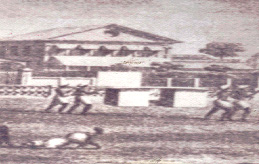
Calcutta Public Library at house of F.B. Strong
The Calcutta Public Library began its journey on 21st March 1836. The Library was established for reference and lending, open to all, irrespective of class, colour& nationalities, on the self-financing principle.
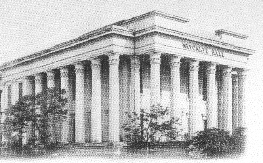
Imperial Library at Metcalfe Hall
The Calcutta Public Library was subsequently merged with the Imperial Library and combining the collection of a number of secretariat libraries, the Imperial Library was opened to the public in January in 1903.
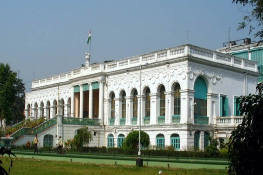
Belvedere Estate, now declared as Heritage Building
After Independence of India, the National Library came into being in place of Imperial Library by the “Imperial Library (Change of Name) Act” in 1948. It was accorded a special status of an institution of national importance in the Article 62 in the 7th Schedule of the Union list of the Constitution of India and Maulana Abul Kalam Azad, the then Union Minister of Education opened the Library to Public on 1st February 1953.
Major Functions
- Acquisition and conservation of all significant printed materials produced in the country to the exclusion of ephemera;
- Collection of printed materials concerning the country wherever published and also acquisition of photographic record of such materials that are not available within the country;
- Acquisition and conservation of manuscripts having national importance;
- Planned acquisition of foreign materials required by the country;
- Rendering of bibliographical and documentation service of retrospective materials, both general and specialized;
- Acting as referral centre purveying full and accurate knowledge of all sources of bibliographical activities;
- Provision of photocopying and reprographic services; and
- Acting as the centre for international book exchange and international loan.
The library acquire books and publications to serve the public by way of
(i) Legal Deposits
Under the enactment of the Delivery of Books and Newspapers (Public Library) Ac, 1954, the Government of India had facilitated the National Library to receive one copy each publication published in India
(ii) Purchase
Procure publications mostly in English and in foreign languages, books published outside the country on India by the Indians or the Foreigners in whatever languages, Indian publications that were brought out before 1954 and those not available in the Library’s stock, Noble Prize Winning books, biographies of eminent personalities of the world, standard books in the languages of India’s neighbouring countries and standard works in modern European languages. The procurement of the books will be done through empanelled book sellers
(iii)Gift and Exchange Programme
The National Library also receives personal collections after duplication check and physical condition of the library. The complete details are available in the Gift & Exchange Policy of the Library
(iv) Repository
The Library is the recipient of foreign official documents, which include U.S. & British Government, Commonwealth countries and United Nations and its agencies.
Services provided by the National Library
- The Library serves its readers 362 days of the year
- Bibliographic Services
- Centre for International Loan
- Children Library for below 14 years of age
- Consultancy & Training services to libraries and librarians
- Document delivery service
- Electronic catalogue service
- Electronic document Delivery service.
- Inter Library loan services
- Internet services
- Lending services
- Library serves every citizen above 18 years of age irrespective of caste, creed or religion OPAC
- Organizes various book exhibitions
- Organizes various cultural activities
- Photocopying Services
- Reader’s cum Guest House Facilities
- Readers’ Awareness Programme
- Reference Services
- Usage of e-resources awareness programme
Major projects
Museum of Word
The prestigious project Museum of Word has been undertaken by the National Library, a subordinate office under the Ministry of Culture, Government of India. The Library engaged a Consultancy Agency for preparation of Concept Note, Design, Detailed Project Report, etc. Basing on the same, tendering process for implementation of the said project is already taken up. Meanwhile, a Content Review Committee was constituted by the Ministry of Culture under the Chairmanship of the Director General, National Library as mentioned in the Ministry’s notification.
Museum of Word is a project of “exhibiting the multilingual oral and written diversity of Indian Languages”. The main objective of the museum is to collect, display and operate as an activity centre for all matters relating to language and the uses of language and to extend the functions of the National Library beyond its core task of aiding scholarly research for a space that is both a cultural museum and a living activity centre. The galleries look at the evolution of languages in the subcontinent along with the major linguistic trends. The museum is going to be the first of its kind in India displaying objects related to the cultural and social importance of languages going beyond just the written word and diving into a rich canon of oral traditions in the country.
The museum integrates artefacts and interactive to create dynamic activity centres. The galleries in the museum are designed to move from an exploration of known language norms through the exploration of mother tongues and focusing on the early sensory and experiential forms of learning. The narrative then moves into understanding the growth of different Indian Languages. This presents an exhaustive historical background for the growth of different languages in the country. The museum then opens into different activity zones based on oral and performative aspects of languages.
The galleries to be installed at the Museum of Word are as follows:
| Sl. No. | Galleries | |
|---|---|---|
| 1. | Aadi Vak (First Word Gallery) |
|
| 2. | Matrabhasha Aur Hum (Mother Tongue Gallery) |
|
| 3. | Navarasa |
|
| 4. | Bhasha ki Samayrekha (Civilizational Journey of Languages) |
|
| 5. | The Library Movement |
|
| 6. | Honouring the Legends |
|
| 7. | Boli Aur Katha (The Spoken Word) |
|
| 8. | Nritya Aur Kala (The Performing Word) (AKAM), Division-ll |
|
| 9. | Indian Word in Global Languages |
|
| 10. | Multilingualism in India |
|
| 11. | Digital Legacy |
|
| 12. | Language for All |
|
| 13. | Life of Word |
|
| 14. | Children’s Gallery |
|
Other Cultural Activities
Events organised on the occasion of 75th Azadi ka Amrit Mahotsav
| Duration | Event | Theme of Exhibition |
|---|---|---|
| 12.10.2021 to 15.11.2021 | Book Exhibition |
|
| 08.11.2021 to 07.02.2022 | Book Exhibition |
|
| 14.11.2021 to 15.12.2021 | Book Exhibition |
|
| 15.12.2021 to 15.06.2022 | Book Exhibition |
|
| 01.02.2022 | Lecture |
|
| 15.02.2022 | District Youth Convention 2021-22 |
|
| 19.07.2022 to 12.08.2022 | Partition of Bengal (Banga Bhanga) 1905 |
|
| 13.08.2022 to 15.08.2022 | Har Ghar Thiranga Compaign (AKAM), Division-ll |
|
| 14.08.2022 to 13.09.2022 | Exhibition on “Vibhajan Vibhishika” |
|
| 27.09.2022 to 26.10.2022 | Book Exhibition |
|
| 15.11.2022 to 30.11.2022 | Book Exhibition |
|
| 21.11.2022 | Lecture |
|
| 12.01.2023 to 11.02.2023 | Book Exhibition |
|
| 23.01.2023 | Lecture |
|
| 20.03.2023 to 13.04.2023 | Women freedom fighter of India |
|
| 14.04.2023 to 06.05.2023 | Social Reformer “Dr. B.R. Ambedkar” |
|
| 09-05-2023 to 08-06-2023 | Kabiguru Rabindranath Tagore |
|
| 06-07-2023 to 05-08-2023 | Dr. Syama Prasad Mookerjee” (1901-1953) |
|



